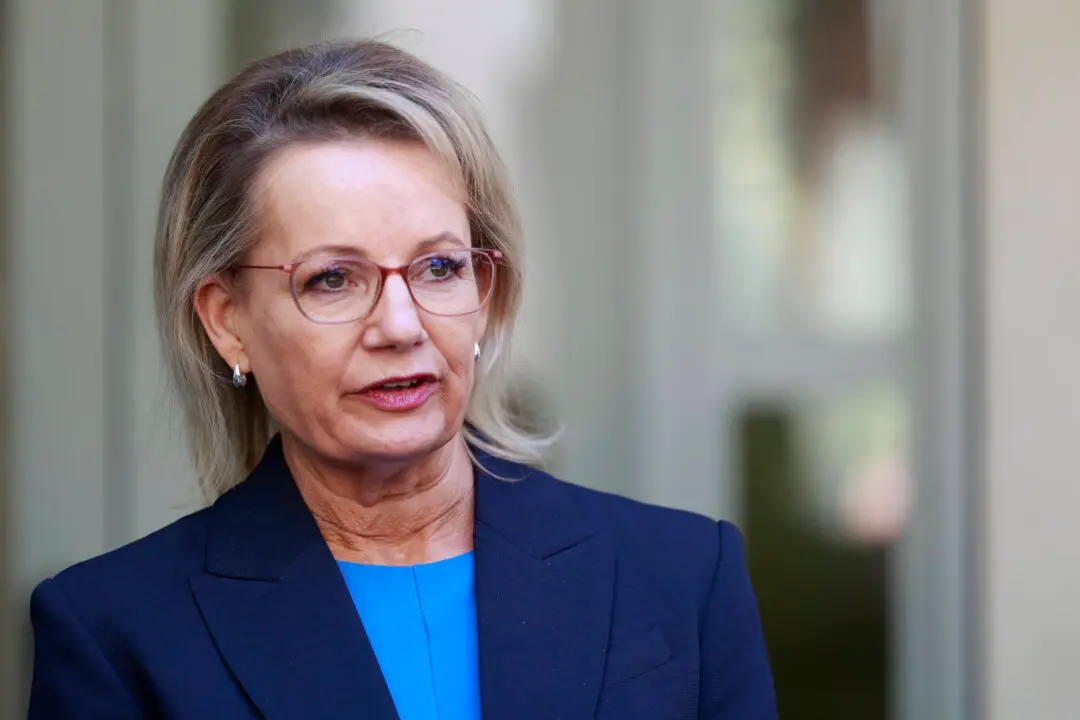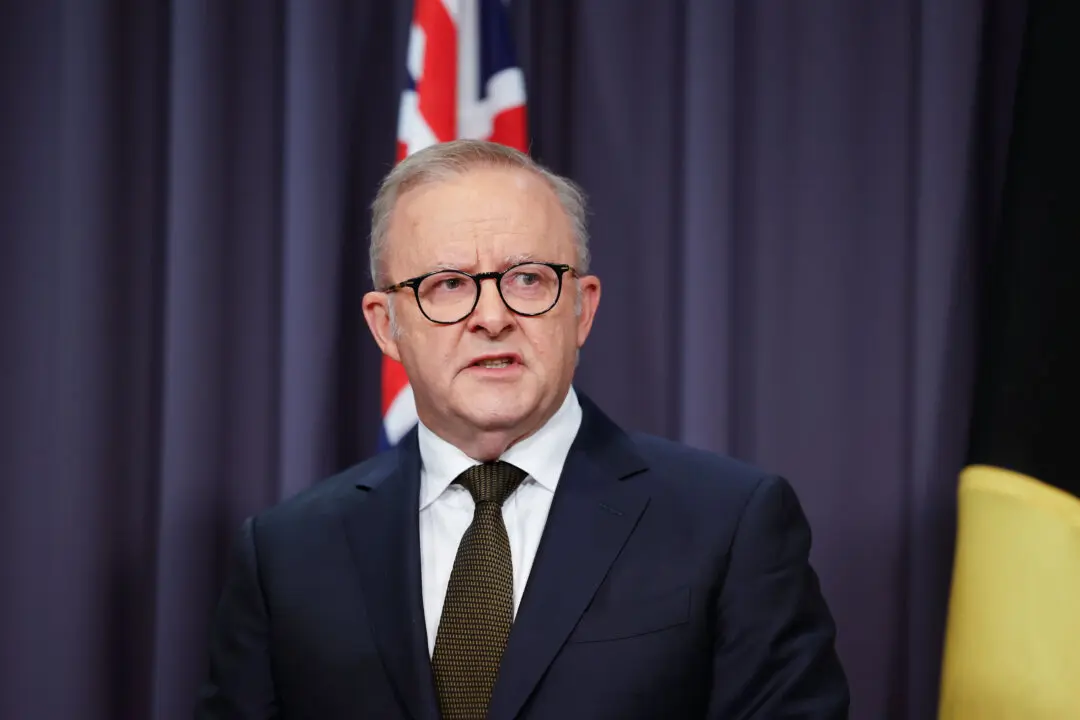Huge reception blackspots across the country will gain voice and SMS coverage as part of Labor’s plan to add mobile services provide basic coverage nationwide.
Under Labor’s Universal Outdoor Mobile Obligation (UOMO) plan, announced on Feb. 25, mobile carriers will be required to provide voice and SMS coverage in nearly all areas of Australia.





